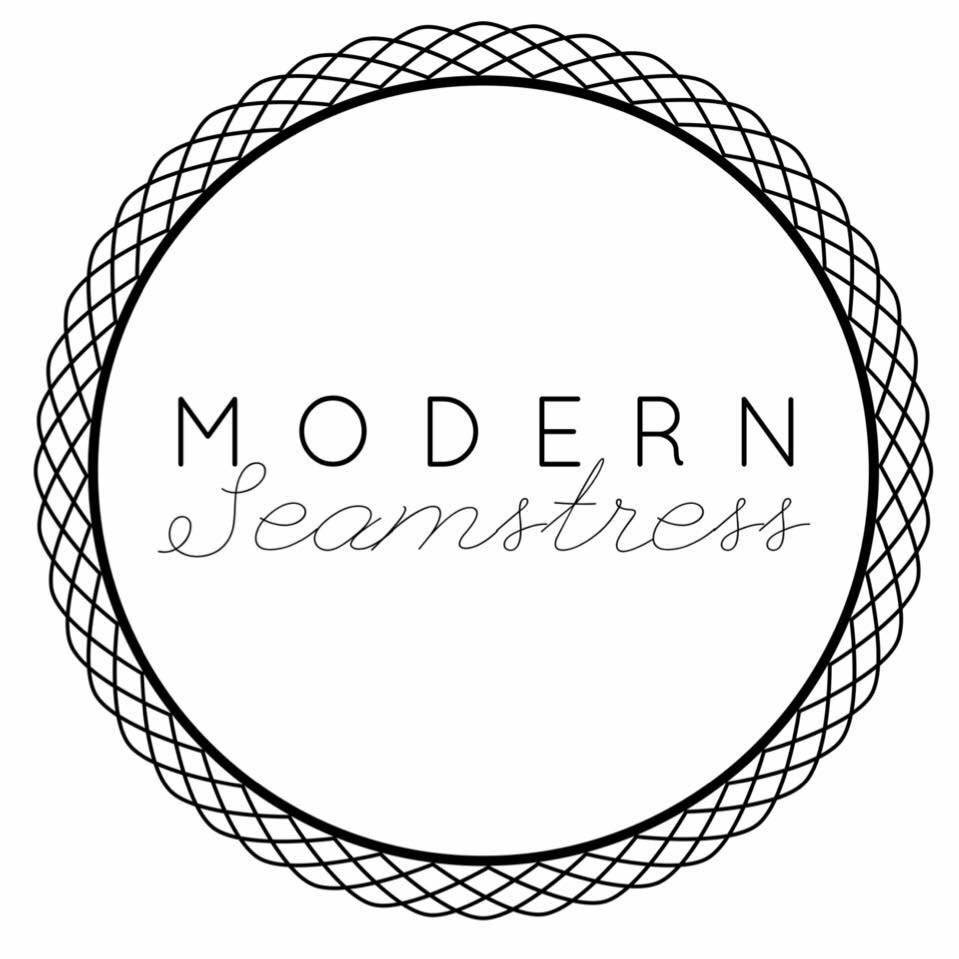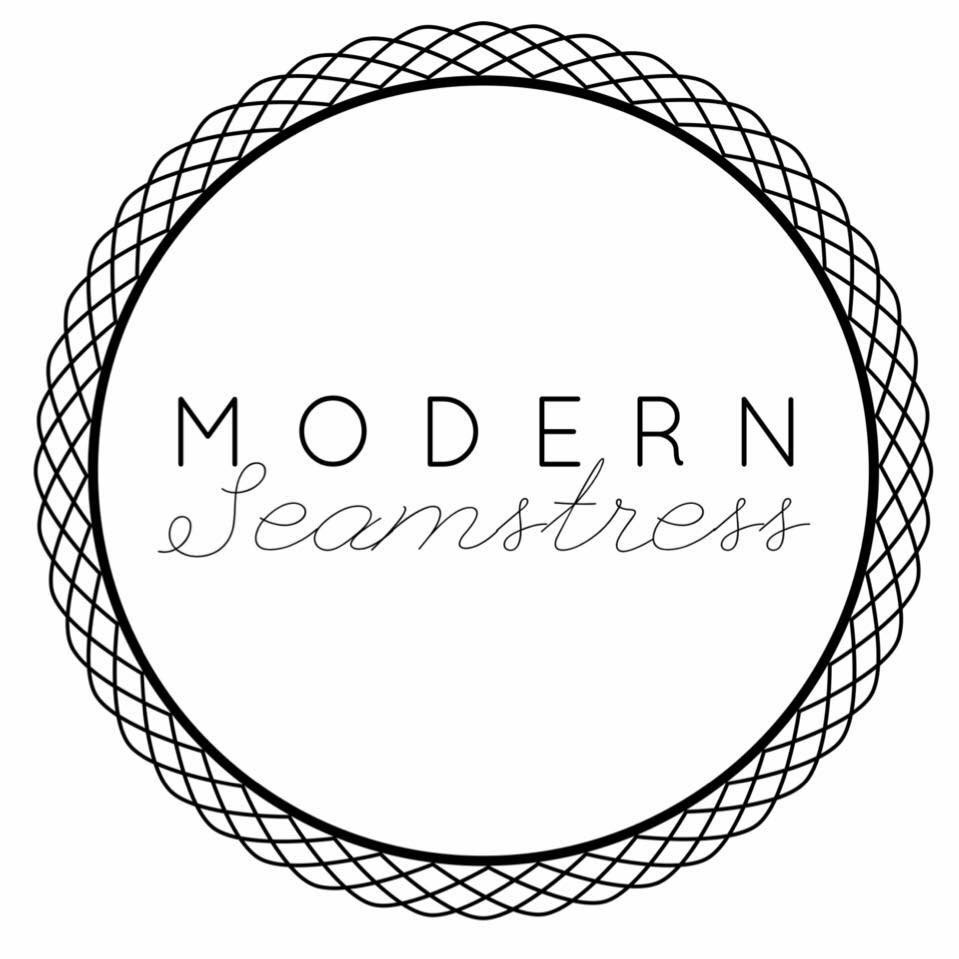On the Topic of Modesty
Perhaps it was binge watching Season 7 of Riverdale or watching Don’t Worry Darling shortly after, but I can’t get the topic of modesty out of my mind. Both the show and movie are set in the 1950s, an idyllic time of few worries, circle skirts and cocktail hours. But the themes of oppression, control, and shame run through each in very similar ways, specifically the control of women’s sexuality, behavior, and finally, dress. I must admit that I fell in love with the fashion: tight sweaters with Peter Pan collars, full gingham circle skirts, t-strap heels - what’s not to love? It was a time when full figured women ala Marilyn Monroe were bombshells, but simultaneously compared to the more elegant and modest sophisticants like Jackie O. Despite being lauded for her beauty and form, Marilyn, as we now know, was also judged for her supposed incompetence, instability, and overt sexuality.
This brings me to the present day: we still judge and presuppose a woman’s character based on her attire. A few weeks ago I saw a meme on social media about women needing to cover themselves up. Modesty, defined here as the covering of our bodies, is applauded as a virtue - these women don’t need to garner attention by showing their skin. Instead, they are praised for their character - we’re never really told which traits but I’m assuming they include chastity, kindness, quiet servitude, agreement, and abiding by the rules. Maybe not. But I’m often shocked at how inanimate pieces of clothing are somehow used to determine and measure a person’s self-worth, character, worthiness and value.
I’m both shocked but not surprised - clothing has long been used to keep women in their place. Girdles, corsets and other garments were used to keep women upright, uncomfortable and literally unable to breath or move quickly. While these are now optional novelty garments for some, they represent oppression through clothing. The modern day equivalent? Telling a woman to dress modestly. Let’s take this further though, in the case of sexual assault. I don’t have a handy stat, but I suspect it’s a high percentage of women, whom after being assaulted and reporting it are asked, “What were you wearing?” As if the clothing were a powerful mist that once the man got a whiff, he turned into a ravenous beast who felt it his duty to assault a woman. In this way, clothing is quite powerful. Somehow clothing is the key to determining whether or not someone will violate another human being. Read that again. Just as clothing determines if someone is a slut or chaste, smart or dumb, thinks highly of themselves or not, it is also the scapegoat for the abhorrent acts humans are capable of committing.
When we use clothing in this way, whether to justify violence, control and dominate, or make a value judgement, we dehumanize one another. We use an inanimate object to determine another’s status and value and this is inherently dangerous. You’re welcome to disagree - we can still be friends if you do. I support your right to dress modestly and show as little skin as possible. But I also support the women I serve through sewing in feeling confident, vibrant, self-assured, powerful, and valuable, regardless of what society may think about their fashion choices. I want to see women excited about their bodies, not confined to the rigid and outdated rules of decades past.
Maybe some days I show a lot of skin and “look like a whore”. Maybe others I cover up and “look more pleasing”. I don’t ask these questions and I don’t give others this much power over my identity. I use my clothing to express my mood or feelings, to help me rally, to feel confident, powerful, and secure. I know what I feel and look best in, and I trust myself alone to make these decisions about what I should wear. If someone wants to judge my character based on the length of my skirt, that says more about them than me.

